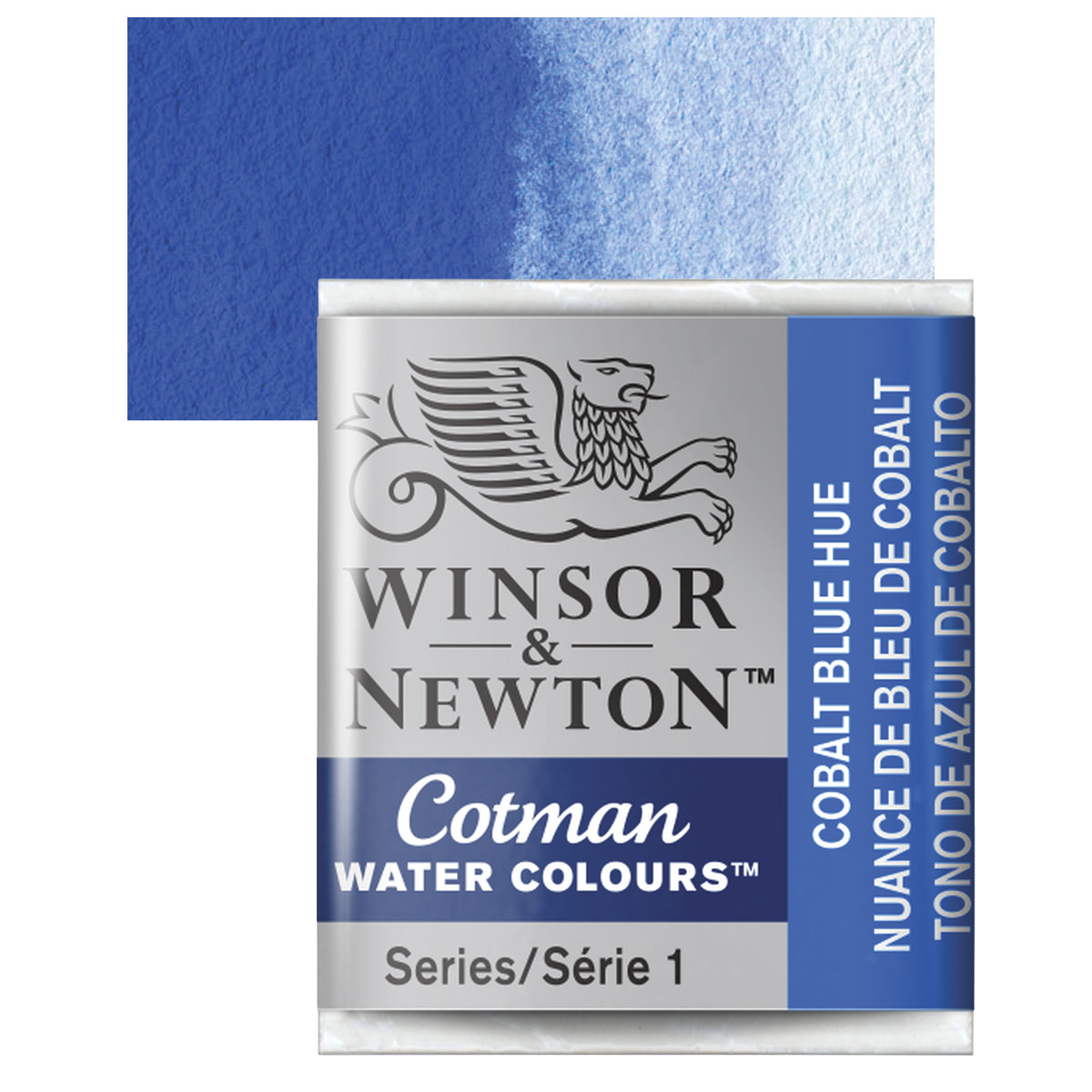

During the first decades it was called Thénard’s blue and the first recorded use of the name Cobalt Blue was not until 1777. From that point pigment development was rapid with cobalt green being discovered first and then Cobalt Blue being developed in 1802 by Louis Jacques Thénard in France with the first use in artists paint in 1807. He was able to show that the blue color came from the cobalt and not from the bismuth impurities or from the copper. Its only virtue was that it was better than nothing and was much cheaper than Ultramarine Blue.Ĭobalt was finally identified as a new element in 1755 by a Swedish chemist Georg Brandt who was trying to solve the kobold problem.

Despite the great qualities of Cobalt Blue pigment, smalt was a poor color, weak and gritty and lacked the intensity of the blue of the ancient Egyptian blue. Part of the difference lay in the fact that the Egyptian blue was a copper based color and smalt was cobalt based. Miners thought were attempting to extract the copper and when cobalt was present and the ore smelted arsenic oxide would be produced thus the cobalt component was regarded as evil and it gained the name kobold which means “goblin” and the modern name descends from this miners curse word.ĭuring the Middle Ages when Egyptian blue ceased production and the manufacturing methods had been forgotten, alchemists developed the pigment called smalt which was superficially similar to Egyptian Blue in that it was a dark blue glass that was ground up. It occurs in association with copper and nickel ores and wherever it occurs arsenic is always present.

Cobalt Blue usage dates back more than 3,000 years for the coloring of blue glass but the source of the color was not understood and so its use tended to be sporadic and accidental.


 0 kommentar(er)
0 kommentar(er)
